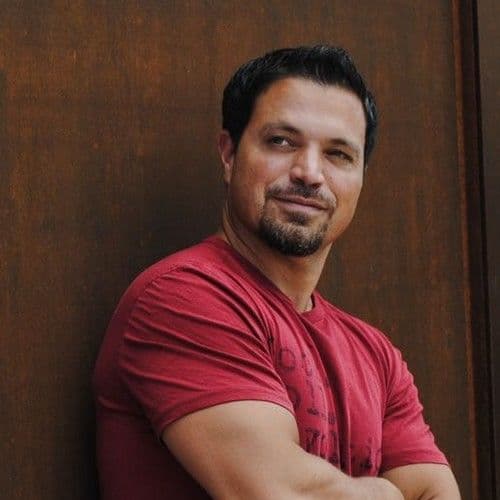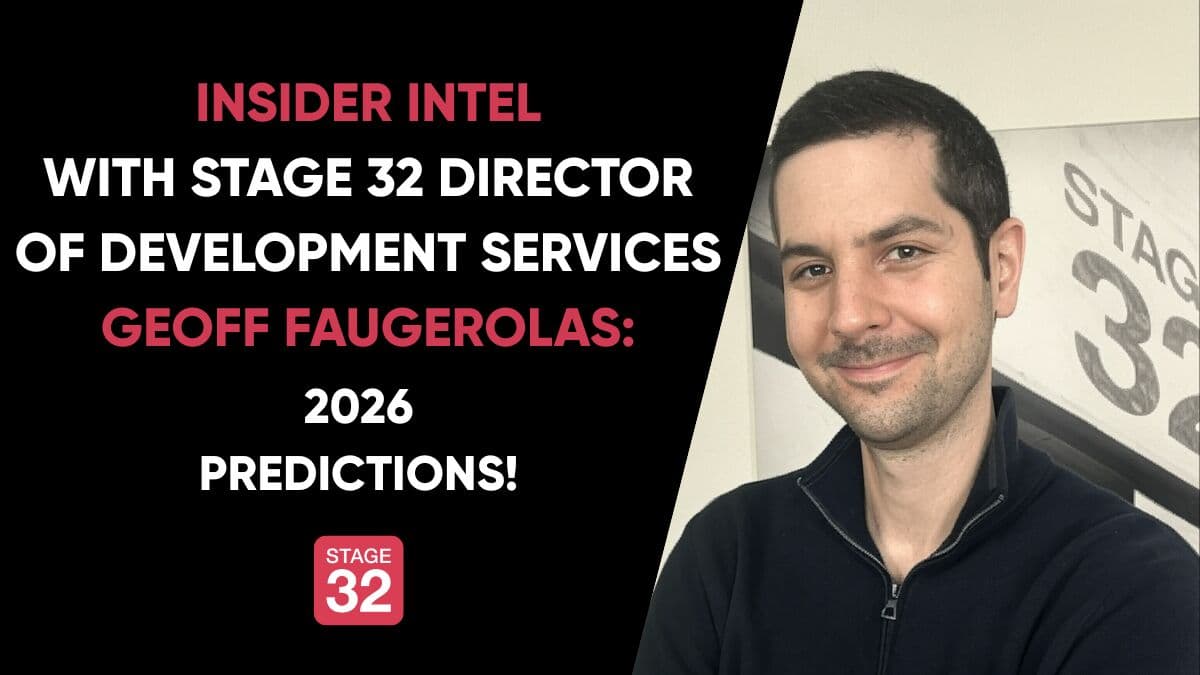How To Stop Creative Burnout: 3 Somatic Experiments That Can Help!

How To Stop Creative Burnout: 3 Somatic Experiments That Can Help!

She sat at her large, dark pine desk, wrapped in her brown knit cardigan. Her shoulders were hunched, as usual. Her jaw was tight.
“I’m running out of time. I need to maximise my time and do as much as I can. I need to hurry up and write,” she thought. But everything from the neck down felt like a ton of bricks. She felt beyond tired. Beyond depleted. And filled with nothing but dread about the day ahead. A day where she would likely produce nothing at all, or at least nothing she felt remotely happy about.
I wonder if you can relate to the above? I hope you can’t, because it’s such a difficult place to be. However, as a coach-therapist who works with creative professionals, I suspect that some of you can relate to the experience of creative burnout.
Yup, it’s creative burnout, that feeling of blankness, doubt, anxiety, overwhelm, confusion, procrastination… anything but creativity. We sit down to create, and hours pass without much to show. What we do manage to produce, we judge so harshly that we want to rip it up. The usual tricks: going for a walk, taking a few days off, just don’t cut it.

Signs You Might Be in Creative Burnout:
- You dread the work you once loved
- You feel numb, anxious, or irritable when trying to create
- You avoid projects or constantly procrastinate
- You feel like nothing you make is good enough
- You’re physically and emotionally exhausted
Is Creative Burnout Different from “Normal” Burnout?
You may or may not feel burned out in other areas of your life. The World Health Organisation defines burnout as emotional exhaustion, cynicism, and feeling ineffective at work. Creative burnout often overlaps with this, but not always. You might be functioning just fine in your day job or as a parent, yet creatively, you're running on empty.
Why Does Creative Burnout Happen?
Burnout of any kind occurs when there’s a lack of support. Support can be environmental (financial, social, structural) or internal (self-support). Some forms of support we can control, others we can’t.
Let’s name it: the world tends to value financial professions more than artistic ones. It’s not unusual for a director or producer to live off savings for years while working on a film. Structural inequalities—being a woman, living with a disability, or being culturally marginalised—can exacerbate burnout. The marginalised face micro-aggressions, discrimination, unequal access to opportunities and resources.
Then there’s the Protestant work ethic, the idea that constant busyness equals value. Hustling becomes a badge of honour. If we’re not overworked, we feel guilty. Even if we don’t believe in that ethic, our peers or superiors might, and it can be hard to resist the pressure.
Some of this we can’t change (at least not overnight), so let’s focus on what we can influence: how we support ourselves.
Yes, mindset work is useful. But sometimes, mindset shifts aren’t enough. We need “top-down” and “bottom-up” change. We need somatic (body-based) tools to regulate our nervous system. When our internal world is more resilient, the external pressures have less power.
If there’s no “hook” inside us, no inner part constantly pushing, we can meet societal expectations from a more grounded place.
And this is where I, as a Gestalt therapist, invite you to approach what follows not as a set of exercises to get right or wrong, but as experiments. Experiments to play with, to be curious about. Some might resonate deeply, others less so. That’s okay. What works today may not work tomorrow. That’s the beauty of experimentation.

How To Soften the “Do More, Do It Faster” Part
That’s what I call mine. You might call yours something else. But we all have that part that pushes us to do more, better, faster. Think Pixar’s Inside Out, where Joy, Sadness, and Anger each have a role at the control panel; that’s what we mean by ‘parts. It’s not all of us, it’s just a part. And, like all parts, it believes it’s helping. Often, it’s trying to protect us from failure, shame, or rejection. Many of us inherited it from a parent who had one too, or from a parent who didn’t respond well when we failed.
1) Develop Compassion and Understanding
When you feel this part kick in, maybe through tightness, rushing, or anxiety, try inviting it out for a cup of tea. Acknowledge that it’s trying to help you avoid failure. Appreciate the ways it has helped you (because no doubt, it has). It’s just a little overbearing.
These parts love to be noticed and appreciated. That alone can help soften them.
2) Challenge It and Reassure It With a “Voo”
As I write this, my “Do More, Do It Faster” part is clock-watching. So I pause and ask: How is this pressure serving me right now?
I know that when I’m grounded, my work is better. So I use a somatic experiment based on Polyvagal theory (Stephen Porges), which explains how our nervous system shifts between states of safety, fight/flight, and shutdown. When we stimulate the vagus nerve, we tell our system we are safe. And when we feel safe, creativity flows more freely.
The Voo Sound Experiment:
Place a hand on your chest. Inhale deeply through your nose. On the exhale, make a deep vooooooo sound from your belly. Let the vibration ripple through your body. Do this five times, or as many as feels right. No goal, just curiosity.
Afterwards, I feel more settled. More present.What about you?

How To Soften Mx. Perfectionist
Mx. Perfectionist, the one who wants this blog post to be flawless, comprehensive, and brilliant. That part can leave me so overwhelmed I can't see the wood for the trees.
1) Foster Compassion (Which Is a Process)
At its root, Perfectionism is about a need to feel worthy and safe. It believes that without perfection, we’re unacceptable. But it's not easy to feel compassion for a part we see as a saboteur.
Start with someone or something easy to love, a pet, a child. Let that warmth settle into your body. Then redirect it gently toward your Perfectionist.
It can help to remember this part likely developed when you were young. A teenager, maybe. Doing their best.
A tool I use?
Write the shittiest first draft. Really go for it. Let it be gloriously rough. That in itself helps quiet the perfectionist voice, and often, it’s better than we feared.
2) The Havening Touch Experiment
Now, let’s go deeper.
Picture this: your younger self as a lion cub on the Savannah. Alone. Vulnerable. If it’s rejected by the pride for not being “perfect” or fast enough. Perhaps it limps. It’s at risk. Its nervous system knows that. It panics.
So does ours.
When our creative efforts feel judged or at risk of failure, our nervous system may still respond with the same primal fear. Because once, long ago, rejection was dangerous.
But now? We’re not lion cubs anymore. We can find our own tribe. We are not alone. We are not in danger.
To calm the nervous system, try this:
Gently stroke your arms from shoulders to elbows, like you would soothe a child. Or place your hands over your heart. Feel the warmth. This simple act, called the Havening Touch, helps signal safety to your body.
What shifts for you when you do that?

How To Soften Mx. Negative Thinking
This part says: It didn’t work before, so it never will. I’m not good enough. There’s no way to get funding. Opportunities are scarce.
It means well; it wants to protect us from disappointment. But it makes the creative process painful.
So, let’s challenge it.
- Is it a psychic that can truly predict your future?
- Is it really true you’re not good enough? Make a list of all the ways you are.
- Ask yourself: How does believing in scarcity help me?
- Is there a stone tablet in the desert proclaiming there are no opportunities for you? Of course not.
Now check in with your body. How does it feel when you believe the negative thoughts versus when you believe something more expansive?
When I allow myself to think positively, I feel grounded. Energised. Creative. That’s reason enough to help soften the Negative Thinker.
But again, knowing isn’t enough. This is old, hardwired stuff. From an evolutionary lens, we’re built to scan for threats. But the good news? We can rewire.
Somatic Experiment (Polyvagal Tool):
Sit comfortably. Raise both arms into a goalpost shape. Keep your left arm up, and place your right hand on your stomach. Gently rub in slow, soothing circles.
Now shift your gaze (keeping your head still) as far to the left as you can. Hold it for 30–60 seconds. Notice any sensations: a swallow, sigh, or yawn.
Then switch: right arm up, left hand rubs your stomach, eyes gaze right.
Lower your arms. Take a moment. How do you feel now?

Getting Deeper, More Lasting Change
Here, I’ve focused on somatic bottom-up ways to prevent creative burnout. As I’ve said, mindset shifts are great. But when paired with nervous system regulation, we get deeper, more lasting change.
This is just one slice of the burnout pie. Others I haven’t covered here include:
- Setting boundaries
- Finding supportive communities (like Stage 32)
- Allowing yourself to fully feel your emotions
Maybe I’ll speak more on these in another article.
Creative burnout can feel like betrayal by our bodies, our minds, even our dreams. But it’s not a sign of failure. It’s a sign that we’ve been running too hard without the right kind of support.
These parts within us: Motivator, Perfectionist, Negative Thinker, they’re not the enemy. They’re old protectors running on outdated scripts.
What if, instead of trying to push them away, we started treating them like an inner cast of characters, each one trying, in their messy, misguided way, to help?
What if we made space for curiosity, humour, and gentleness in our creative process?
You never know. That might be what leads to your most powerful performance, your sharpest script, your most heartfelt film yet.
Because at the end of the day, your creativity doesn’t need pressure. It needs permission. And acceptance.
In the meantime, have a fabulous day, can’t wait to hear how you get on with these experiments.
Let's hear your thoughts in the comments below!
Got an idea for a post? Or have you collaborated with Stage 32 members to create a project? We'd love to hear about it. Email Ashley at blog@stage32.com and let's get your post published!
Please help support your fellow Stage 32ers by sharing this on social. Check out the social media buttons at the top to share on Instagram @stage32 , Twitter @stage32 , Facebook @stage32 , and LinkedIn @stage-32 .
About the Author

Alexandra Stevens
Actor, Acting Teacher
Hey! I’m Alexandra—therapist, creative coach, and actor—originally from London and now living in Lisbon, where I moved on a leap of faith with two young kids to rebuild my life around joy, art, and purpose. I believe we’re here to live fully, not just dream from the sidelines—and that same spirit...





